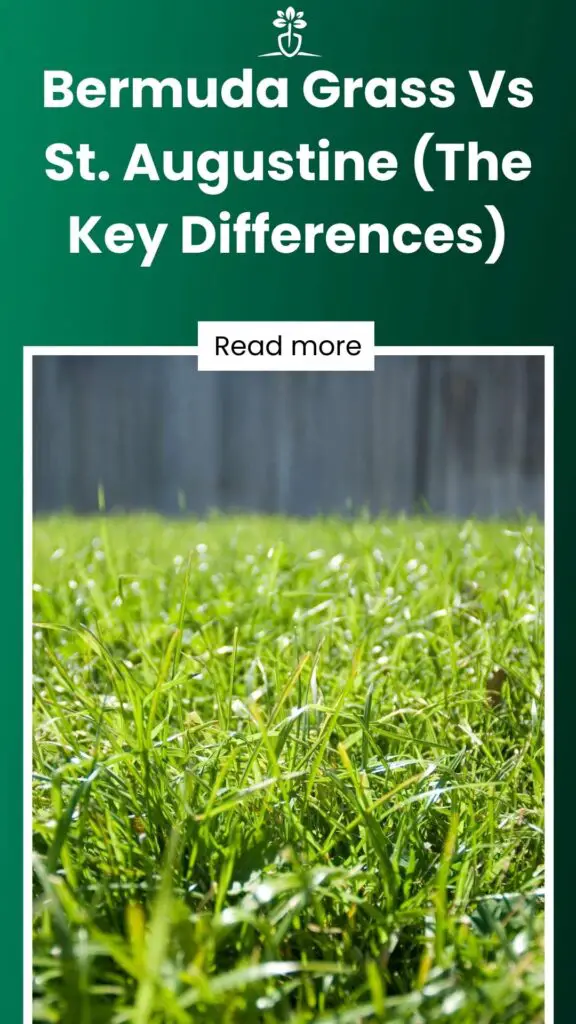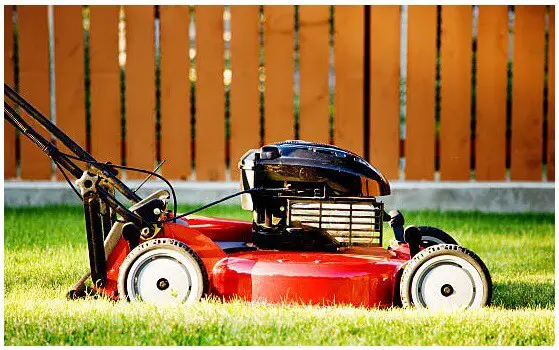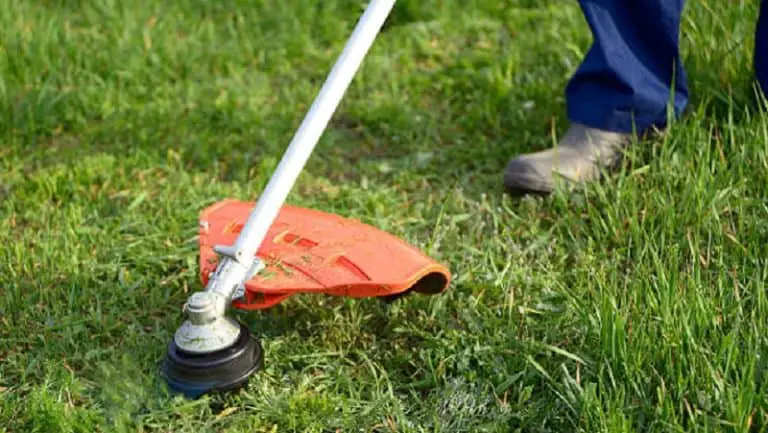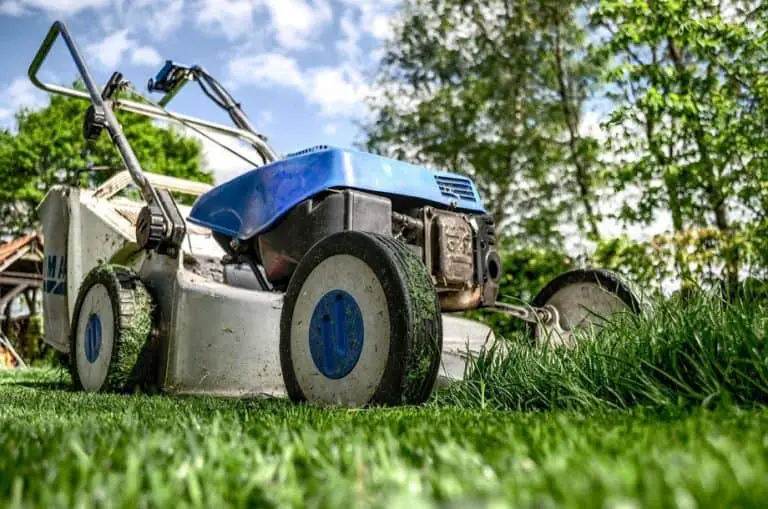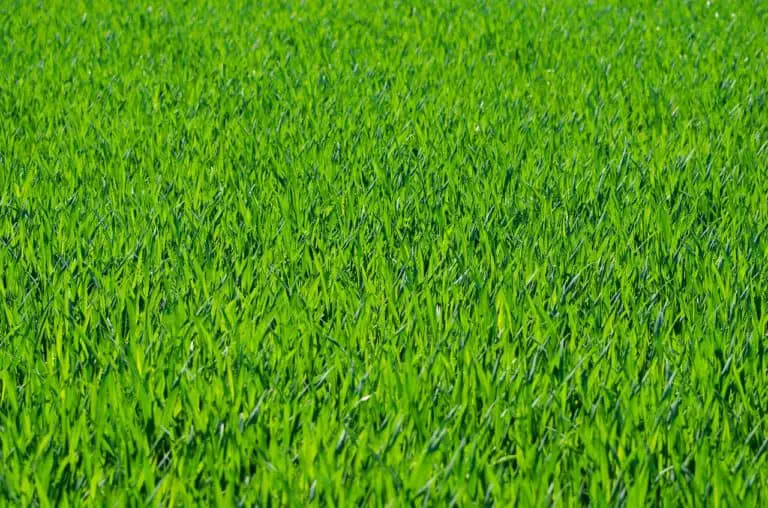Bermuda Grass Vs St. Augustine (The Key Differences)
If you are confused between choosing Bermuda grass or St. Augustine grass for your lawn, we can help.
This article will draw comparisons and differentiate between each grass so you can make an informed decision on which one suits your climate and location best.
Let’s get started.
Contents
Bermuda Grass vs. St. Augustine Grass
The main difference between Bermuda grass and St Augustine grass is the ability to grow under shade. Bermuda Grass thrives in the sun while St Augustine grass thrives in the shade. If you have a lot of trees on your lawn you may want to consider St Augustine, however if you are growing in a sunny area you should go with Bermuda.
For anyone living in a warm climate, both grasses are high on their list to choose from for their lawn.
Bermuda grass can hold on its own without extensive watering in the summer and is drought resistant. On the other hand, St. Augustine grass needs a lot of water to thrive. Bermuda grass does not bode well in shady areas, while the latter is shade-resistant.
Both types of grasses have their advantages and disadvantages thus, understanding the main features and maintenance requirements for both is crucial.
Water Intake

Weather conditions change, and with that, both grass types’ water consumption needs also alter. While it may not seem like a problem to frequently water your lawn grass at first, the water bill will rack up over time, and that is something you want to avoid.
St. Augustine grass requires twice as much water when compared to Bermuda grass.
To be precise, St. Augustine grass needs 3/4 inch to 1 1/2 inches of water every week, which could mean watering it up to 4 times a week. In comparison, Bermuda grass needs only three watering sessions per week, and you can completely skip on watering in the winter because of dormancy.
Suitable Temperature
Both types need the temperature to be at least 60 Fahrenheit for proper growth. St. Augustine grass might adapt better to changing weather conditions, but it requires so much water that it is more vulnerable to pests and diseases when it is under heat duress.
On the other hand, Bermuda grass needs close to no moisture during the dormancy period and is better at fighting pests and diseases.
Growth Patterns
When planting St. Augustine grass, you will likely not find any seeds available. Rather, you will have to go with plugs or sods. April or May would be suitable months to lay sods or plant plugs, whether you are repairing damage to a St. Augustine lawn or establishing a new one. St. Augustine sod costs around $0.30 and $0.80 per square foot.
For St. Augustine grass, we advise laying a turf layer first. In comparison with Bermuda grass, this type needs a lot more effort to grow.
Bermuda grass can grow from seeds vigorously and is the cheaper option. The grass seeds will cost you about $6 per pound.
Sun and Shade Considerations
More often than not, trees in the compound provide shade to the lawn. If trees also shade your yard, we advise you to go for St. Augustine grass, as it can thrive in the shade and under direct sun exposure.
As for Bermuda grass, direct sunlight is necessary for healthy growth. Shaded lawns will not allow it to spread quickly and evenly.
Soil Requirements

It is crucial to do a soil test before you decide between St. Augustine Grass and Bermuda Grass. Soil test kits are readily available at every gardening store. The test kit will measure soil nutrient levels. Once you are aware of the exact nutrient levels of your lawn soil, you can choose between the two types.
St. Augustine grass thrives in soil rich with iron sulfate or iron chelate. Despite having similar potassium level requirements as other grass types, this grass has to be fertilized frequently – after almost every two months. If you are using slow-release nitrogen fertilizer, you will have to repeat the exercise every ten weeks.
In comparison, Bermuda grass can thrive in both alkalescent and acidic environments since it relies on nitrogen-rich soil for rapid growth.
Weed Tolerance
Both types of grasses fare very well against weeds. If your lawn has a problem with weed infestation, then planting either St. Augustine grass or Bermuda grass should help since both types grow thick and spread evenly, overcoming and killing weeds in the lawn.
In a nutshell, both kinds of grass have a high weed tolerance and will save you from buying extensive lawn weed killers since either type will do the job of crowding out and killing weeds on its own.
Foot Traffic Tolerance
Traffic tolerance is another critical factor to consider when choosing between St. Augustine grass and Bermuda grass. Before selecting either of the two types, consider how much foot traffic your lawn is exposed to daily.
St. Augustine grass does not have high resilience against human activities. A lawn with such type of grass can easily be damaged when exposed to foot traffic. On the contrary, Bermuda grass is quite resistant. Even after considerable paw and foot traffic, your lawn will still look presentable and maintain a good shape.
Care Guidelines
When comparing the two, St. Augustine grass needs more complex care than Bermuda grass.
Mowing and Watering Frequency for St. Augustine Grass
St. Augustine grass needs more moisture and frequent mowing. To maintain the lawn, you will need an effective lawnmower. If not mowed regularly, this grass can take over other parts of the yard as it can thrive when provided with the right temperature and soil requirements.
The general recommendation is to mow the lawn once every week. The ideal mowing height for St. Augustine grass is 2 1/2 – 3 inches. Increase the height to 3 – 3 1/2 inches for shaded lawns.
Mowing and Watering Frequency for Bermuda Grass
Bermuda grass is comparatively easier to maintain as it requires half the amount of water than St. Augustine grass. You should mow the grass every 5 to 7 days, and the frequency goes even lower when it is drought-stressed.
Despite easy maintenance, Bermuda grass also tends to invade footpaths and sideways without regular trimmings. An ideal mowing height for common Bermuda grass in spring is 1 to 2 inches; for hybrid Bermuda grass, set the mower at 1/2 and 1 1/2 inches.
The lower you choose to mow the grass, the frequency of mowing will increase. However, a frequently mowed lawn at a lower height will result in better quality grass.
Choosing the Right Kind for your Lawn
St. Augustine grass and Bermuda grass are both types of warm-season grass. After discussing their distinctive features in detail, it should not be challenging to pick the ideal grass for your lawn.
Answering the following questions should help make the decision even easier.
Do I have a shaded lawn?

If you have a lawn that is shaded thanks to compound trees, your pick should be St. Augustine grass, despite its complex maintenance needs. Bermuda grass will not thrive without sunlight.
How much is the average foot traffic exposure of my lawn?
St. Augustine grass does not bode well against foot traffic. Therefore, if you use your lawn for different activities, you should opt for Bermuda grass since it has a much higher tolerance for foot traffic stress.
What are the general climate conditions?
Both kinds of grass grow the best in a warm climate when there is plenty of sunshine. If you are choosing either of these grasses, then bright and direct sunshine is your friend. Some people also opt for mixing the seed and sod of Bermuda and St. Augustine grass. However, you should take care as Bermuda grass can readily take over St. Augustine grass.
Let’s take one last look at the pros and cons of both kinds of grasses.
Pros and Cons of St. Augustine Grass

Pros
- More ore tolerant to low light conditions
- Can be easily established using sods or plugs
- Grows well in shady lawns
- Can throttle weeds
Cons
- Requires two-times the water as Bermuda grass
- Needs frequent mowing
- Needs to be fertilized every two months
- Does not tolerate foot traffic
- Expensive to maintain
Pros and Cons of Bermuda Grass

Pros
- Can go without watering during inactive periods
- Can proliferate from grass seed
- Easy and less expensive to maintain
- Bodes well against foot traffic
- Easier to maintain a thicker turf
- Can overcome and kill weeds
Cons
- Does not tolerate shade at all
- Tends to invade other lawn areas
Conclusion
Selecting the perfect type of grass for your lawn involves many factors. When comparing St. Augustine grass with Bermuda grass, picking one can be a nuisance since both are high-performing warm season grasses, but both types of grass come with their own sets of advantages and disadvantages.
We hope this article aided you in understanding the differences between the two types of grass. Depending on where you live and the overall weather conditions, you can choose the type of grass more suitable to your needs now that you are aware of the specifics of both.
